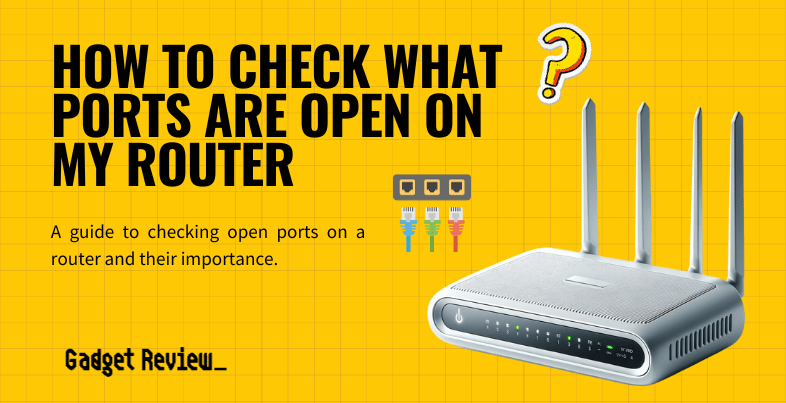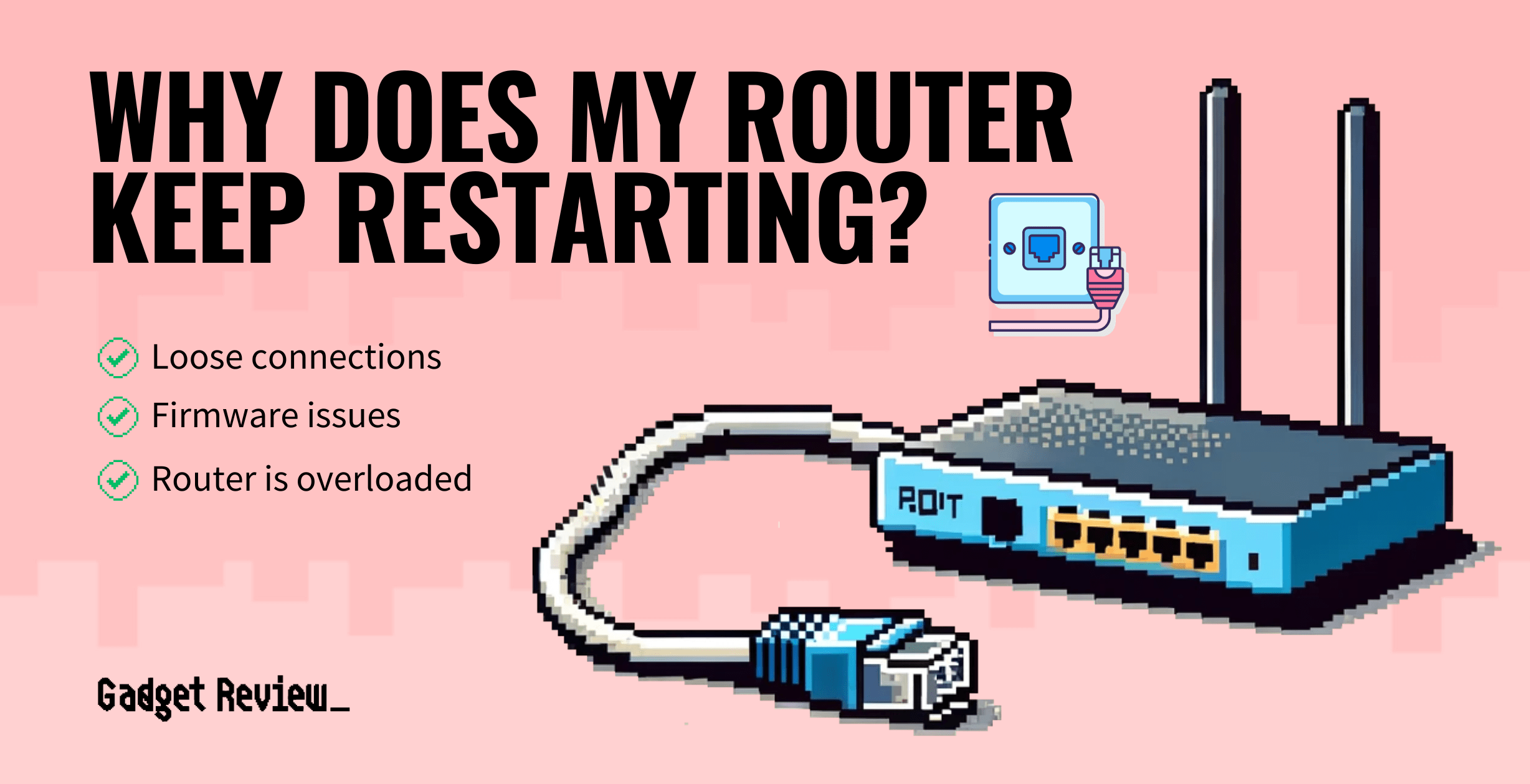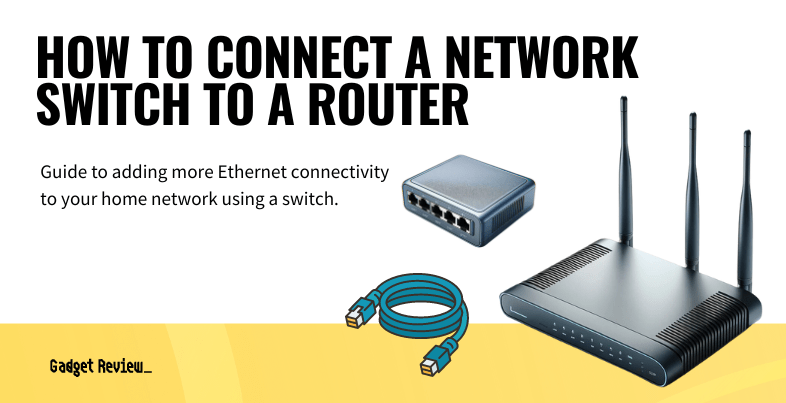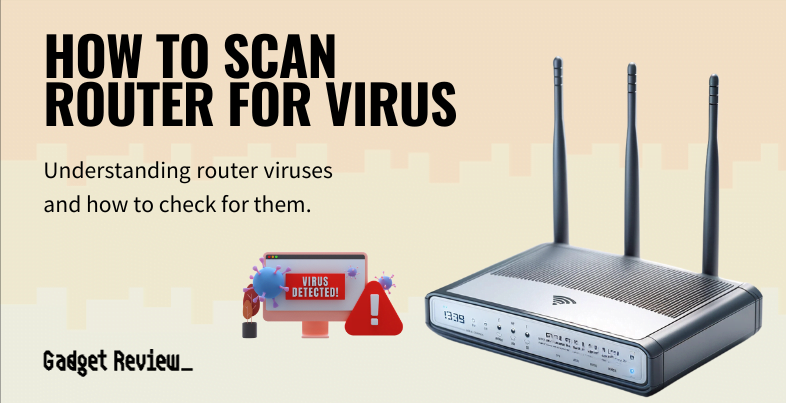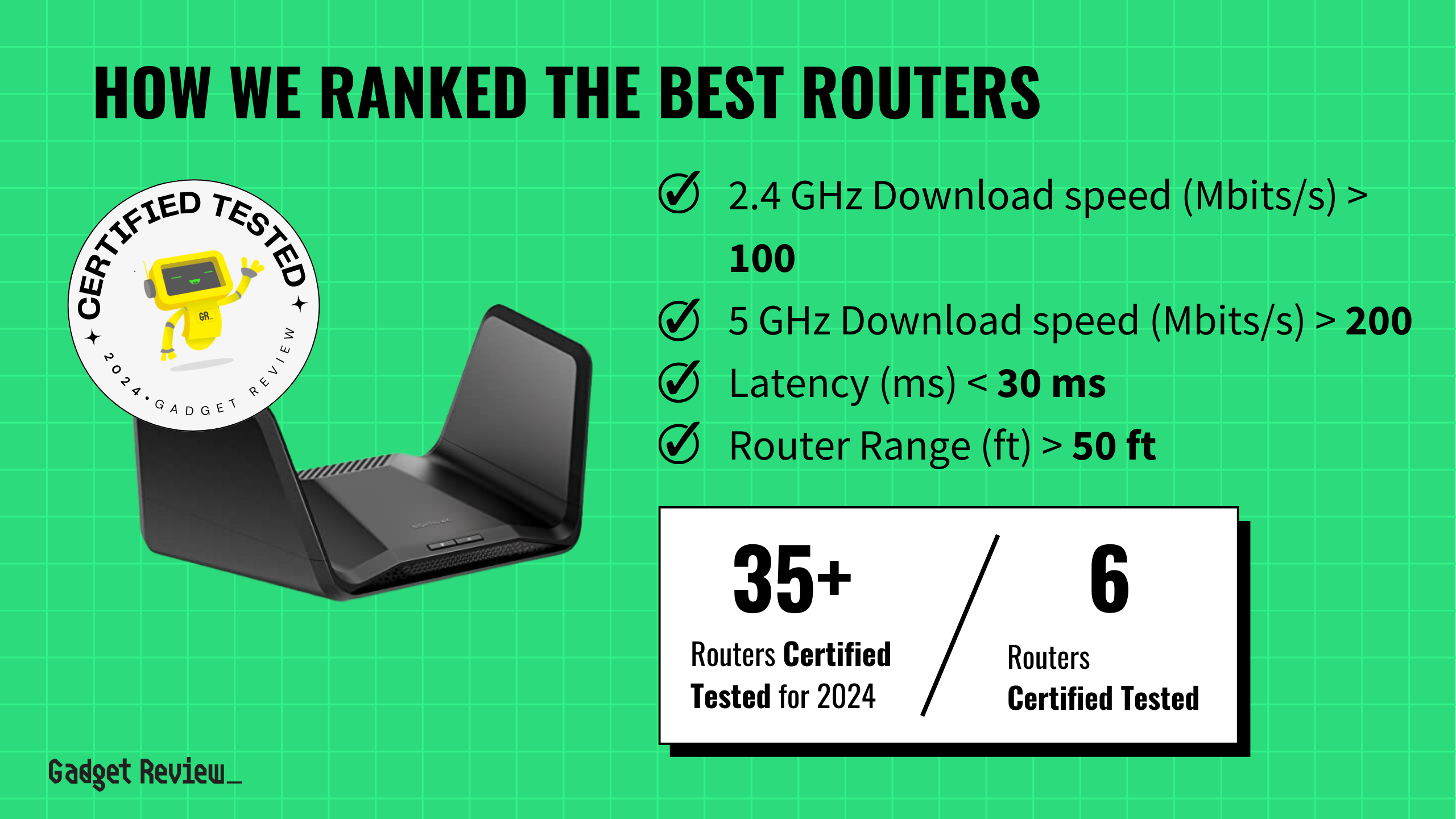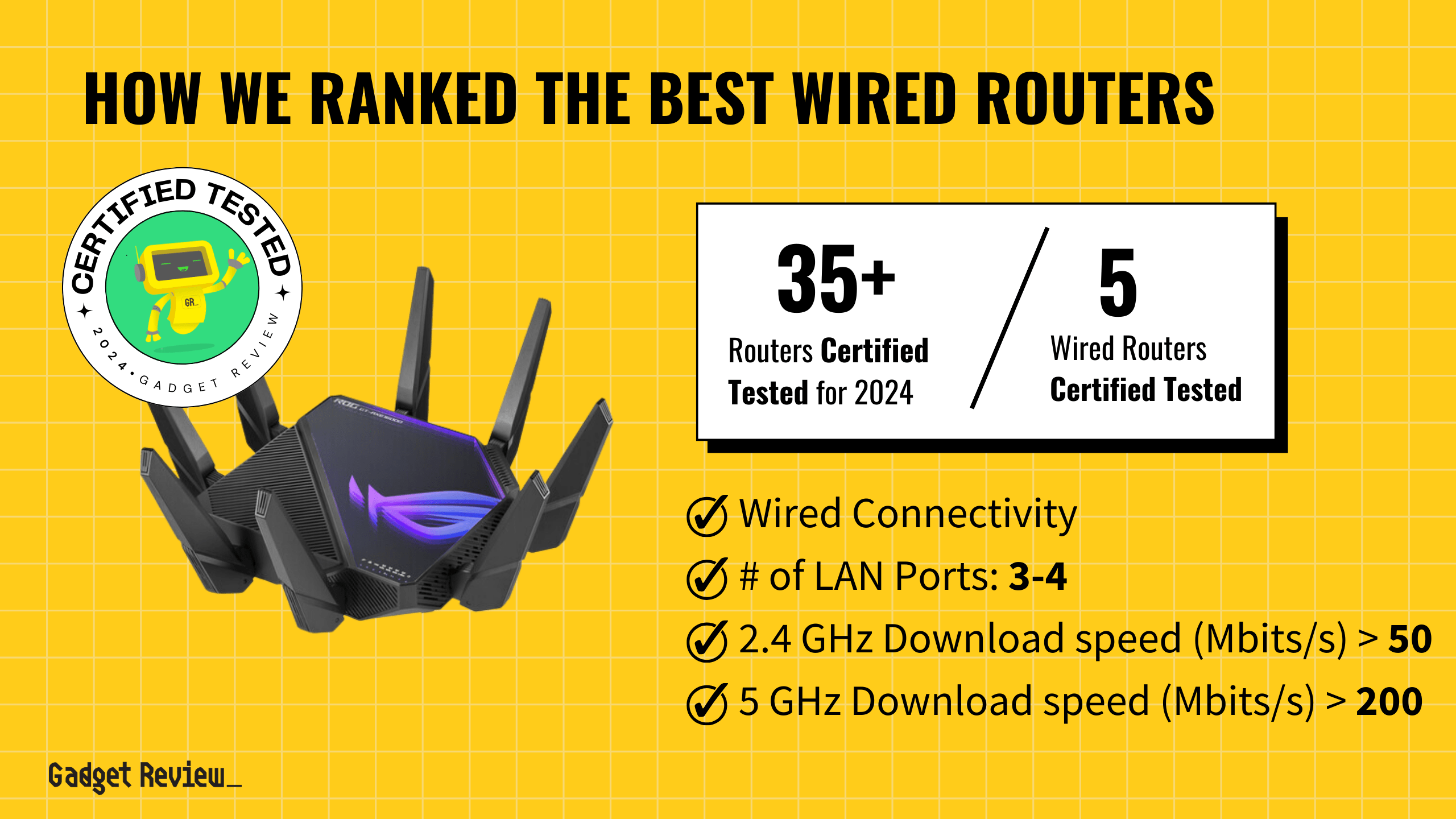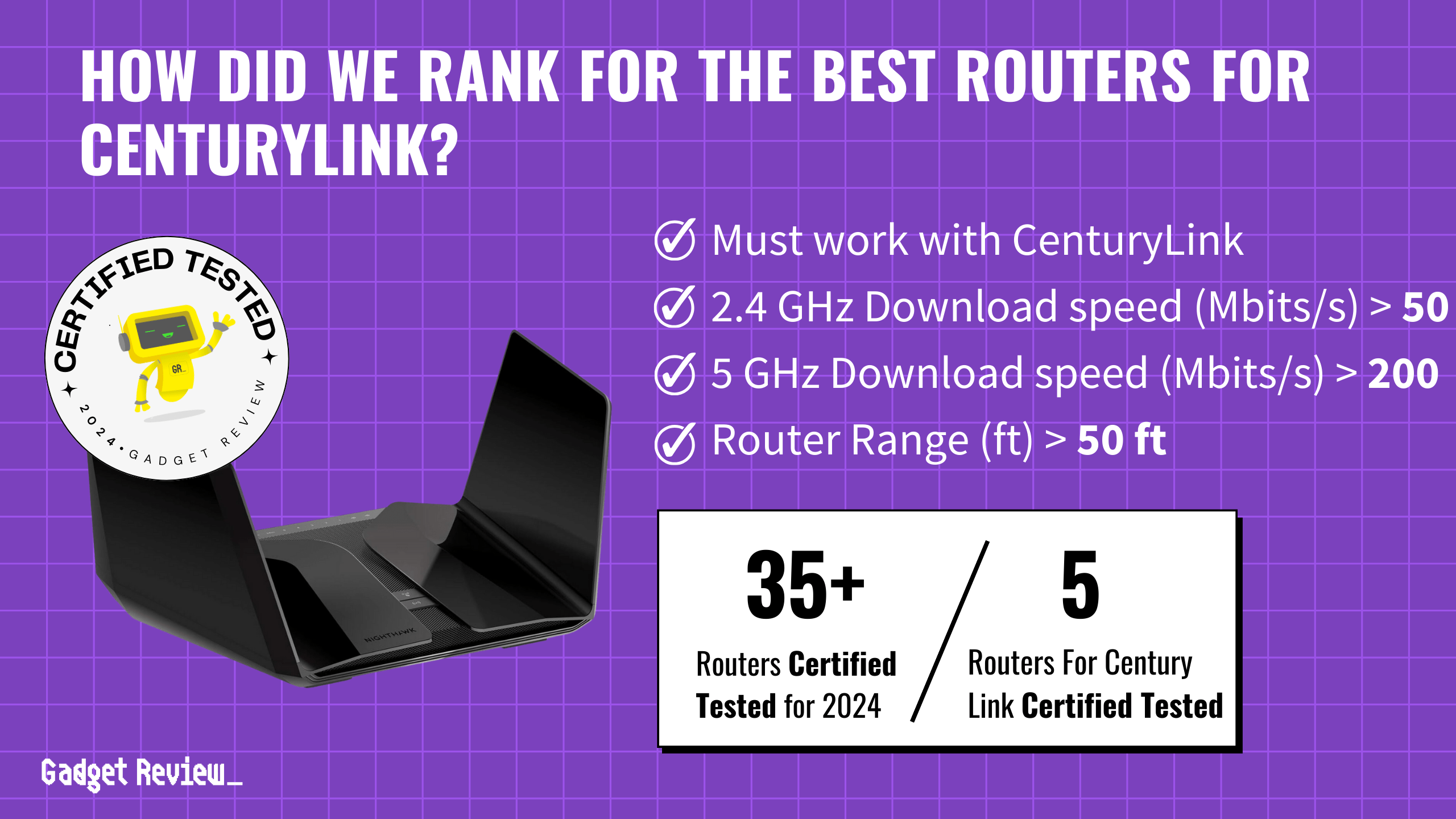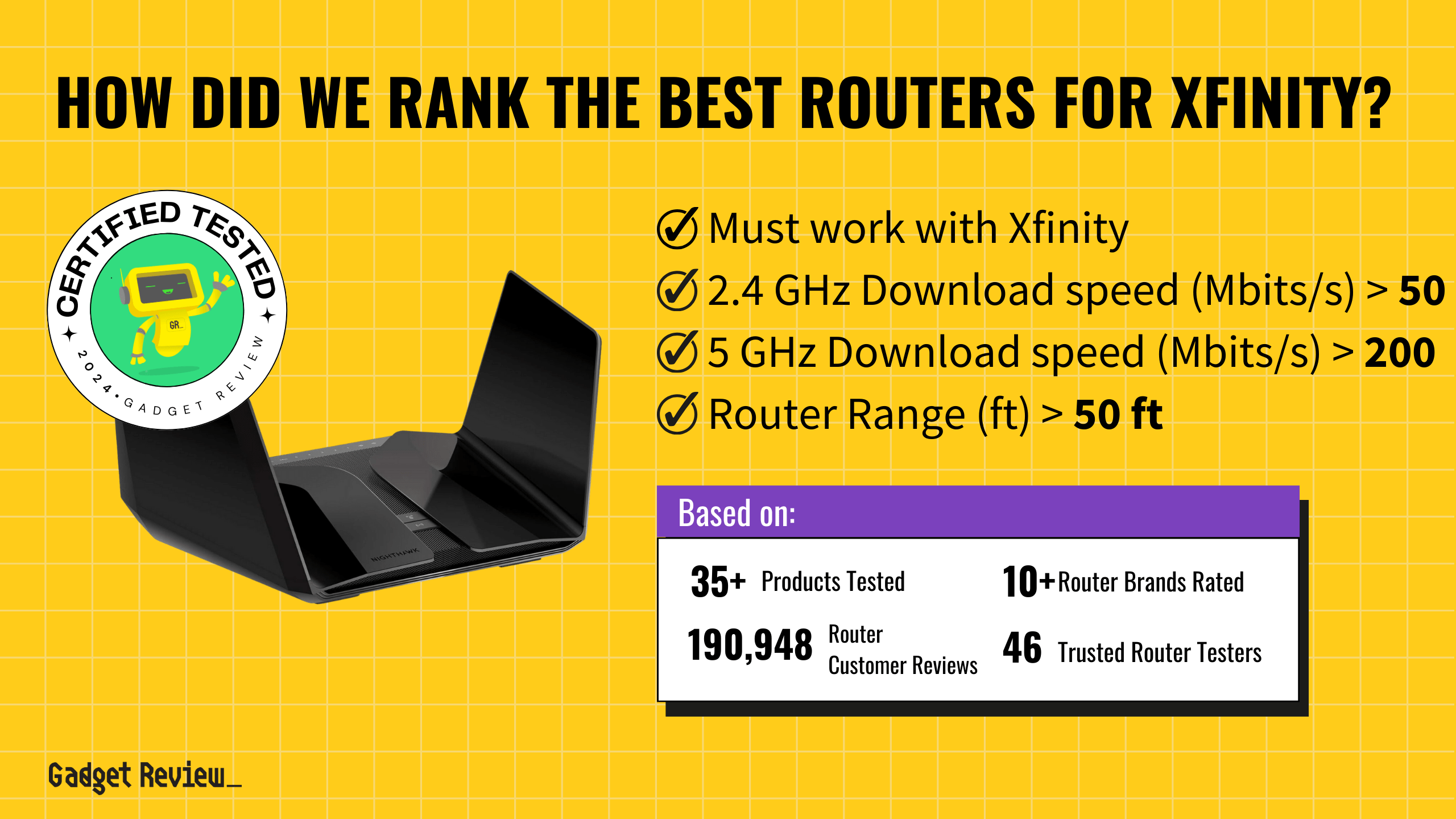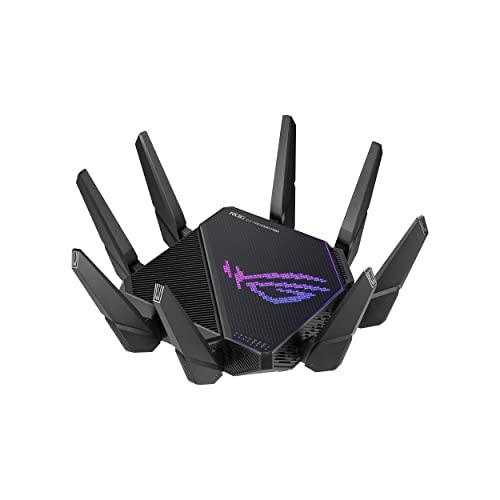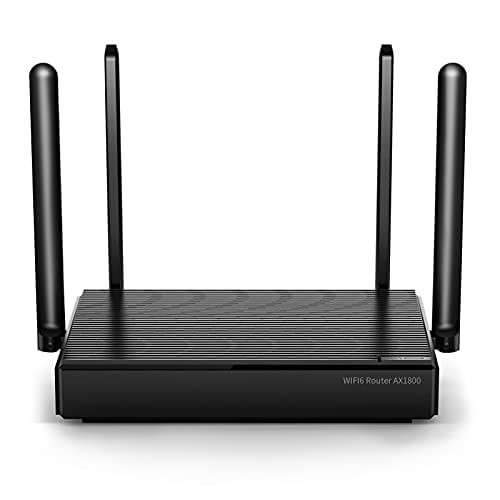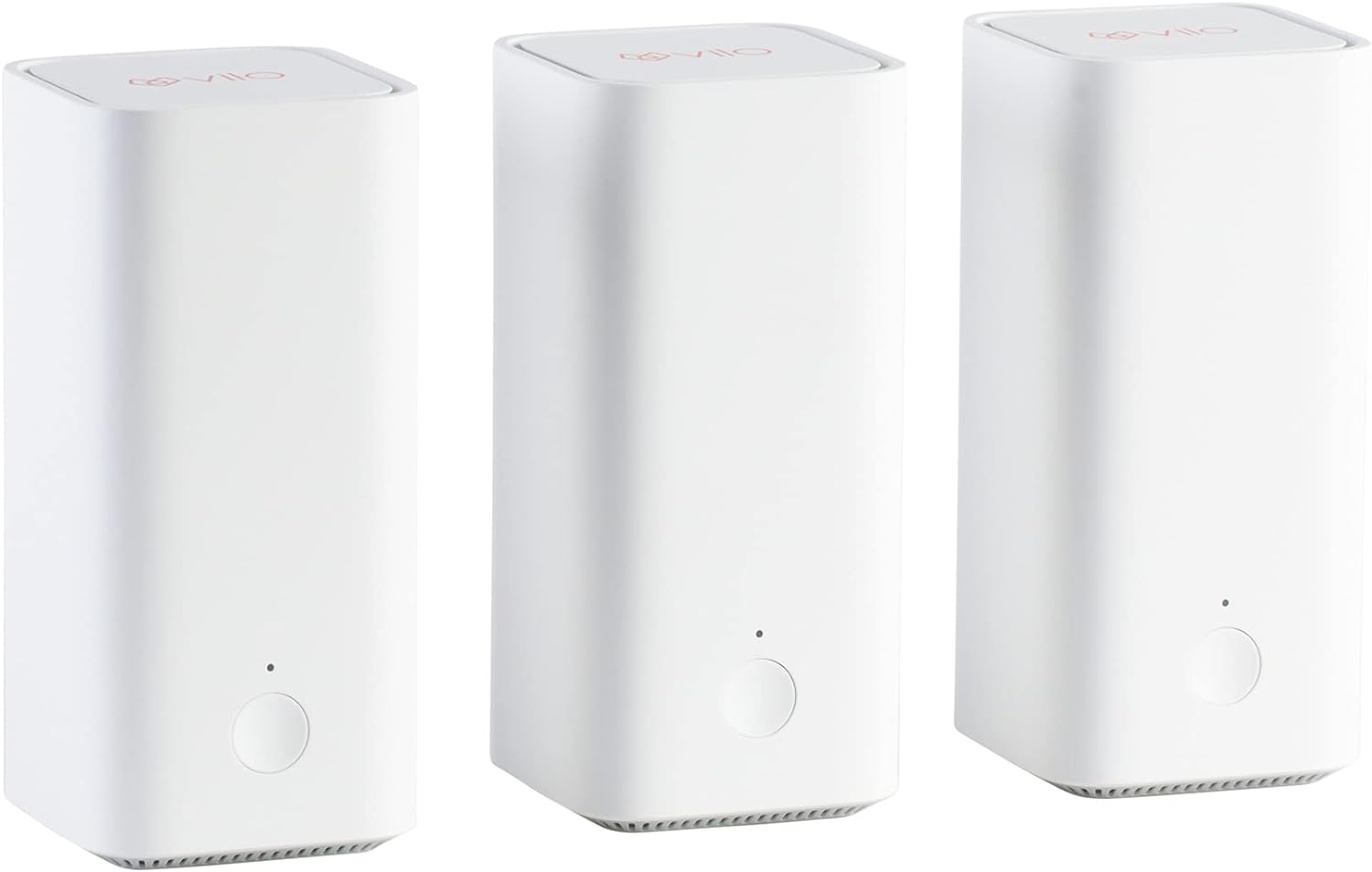In today’s interconnected world, understanding the nuances of your home network, especially what ports are open on your router, is crucial. Choosing the best router can help enhance this understanding, as high-quality routers typically have more intuitive interfaces for managing ports. Ports act as gateways between your network and the internet and are pivotal for data exchange. Whether you want to ensure network security, optimize server performance, or just satisfy some curiosity, knowing how to check your router ports is an invaluable skill for any user.
Key Takeaways_
- It is good to check what ports are open on your router, if your Internet is sluggish, or if certain devices are having trouble connecting to your network.
- Start this process by heading to the router’s settings page, which can be done by entering the public IP address, not the private IP address, into a web browser.
- Look for any settings item regarding open ports and click it to obtain a list of ports and whether they are open ports or closed ports. This can also be done via a web app or command prompt.
How to Check if Ports are Open on a Router
The process here differs slightly depending on your make and model, ensuring it’s not a fiber router, akin to when you are learning how to remotely reset a router. With that in mind, we have kept these guidelines as universal as possible.
1 Checking Ports on Windows
- Open the command prompt and type netstat -a.
- This command will list all active connections and listening ports to reveal which TCP ports are open.
- For a more detailed view, including both public and private IP addresses, use
netstat -an.
2 Checking Ports on Mac
- Access the Terminal and enter netstat -an | grep -i listen.
- This command shows open ports on your Mac, similar to Windows.
3 Additional Methods
- You can use port scanners or network analysis software for a comprehensive scan.
- These tools offer detailed information about port status, including well-known ports and custom configurations.
Why Check What Ports Are Open on a Router?
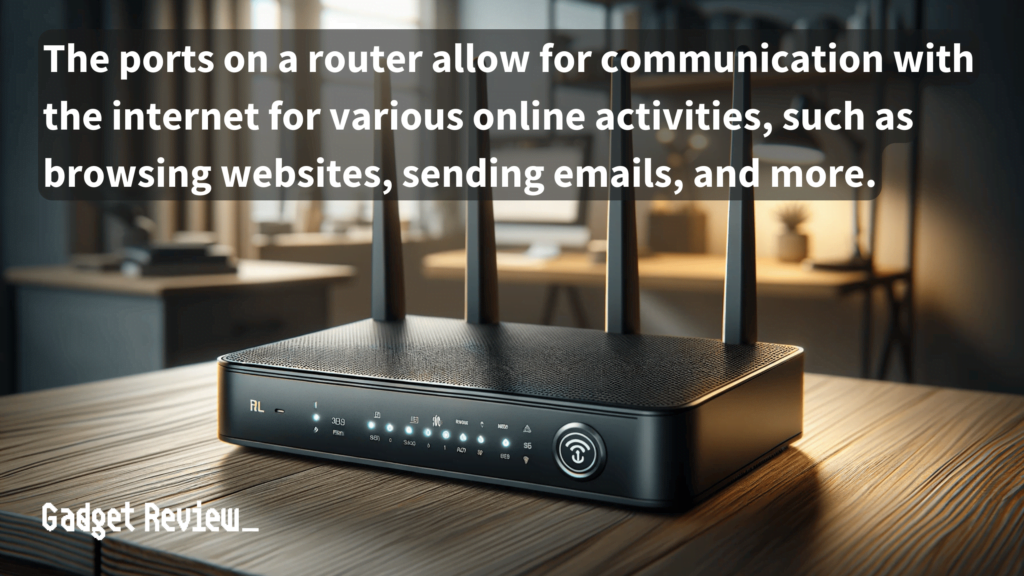
Ports are virtual docking points where your network communicates with the internet.
Each port is identified by a number and handles a specific type of traffic governed by protocols like TCP and UDP.
Open ports are gateways for data exchange with external servers, and they can pose security risks.
Unsecured open ports can be exploited and compromise your privacy and network security. Understanding which ports are open and why is key to maintaining a secure and efficient network.
STAT: Port numbers range from 1 to 65535, out of which well-known ports are pre-defined as convention by IANA. (source)
For more useful networking tips, check out our guides to changing the NAT type on your router, enabling UPnP, and how to correctly change the firewall settings on a router.
If you need to close any of the open ports, check out our guide on how to close a router port.
Common Issues and Troubleshooting
When you check your ports, you might encounter issues like closed ports blocking essential services or firewalls restricting access.
insider tip
Once you are on this settings page, try other adjustments to see what they do. You can always perform a factory reset later.
To troubleshoot, verify your firewall settings to ensure that necessary ports are not accidentally blocked.
- If a specific service, like email, is not functioning, check if the corresponding ports are open. Adjusting the router’s port forwarding rules in the settings can resolve many of these issues.
Best Practices for Router Security
Maintaining robust network security is important.
- Regularly check your router ports to ensure no unauthorized ports are open.
- Always use strong passwords for your network connection and router login.
- Keep your router’s firmware updated.
- Disable ports that you know are not in use.
Implementing these practices will safeguard your network against unauthorized access and potential threats.
Understanding and managing your router ports is a critical aspect of network security andcan help your user experience.
Regular checks, whether you use command prompts, online tools, or software, can help maintain a secure and efficient network.
Remember, every port is a potential entry point and managing them wisely helps ensure a safer internet connection.

